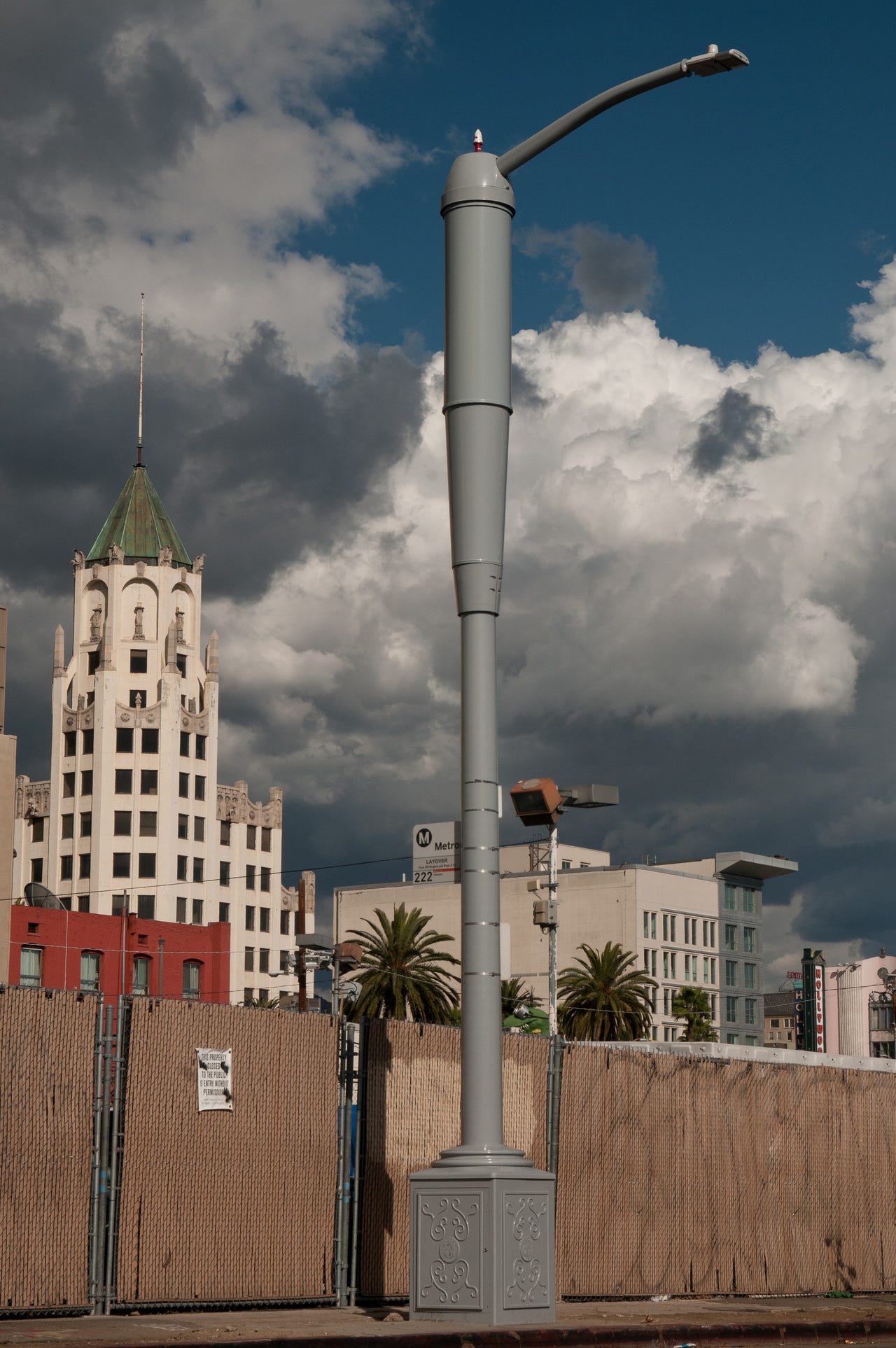Los Angeles deploying 100 street lights that double as mini cell towers

It might look like a street light -- because it is -- however, it also hosts 4G LTE network radios in the form of what are called small cells. And Los Angeles will be the first city in the world to deploy Philips' Smartpole Street Lighting.

The company announced the news on Thursday, noting that the integrated cellular technology is created by Ericsson.
Featured
The idea is to supplement existing cellular towers with such small cells -- similar to femtocells that a consumer might add to their home -- in order to provide wider mobile broadband coverage and boost capacity of wireless network providers.
Of course, the lights are also energy efficient, using LED bulbs at night.
Smartpole Street Lighting isn't just for people walking by to get a signal boost on their smartphone or tablet though.
The City of Los Angeles is planning ahead for all kinds of connected devices according to Amy Huntington, President of Philips Lighting Americas:
"The Philips SmartPole technology proves its role as the backbone in an outdoor Internet of Things platform capable of delivering new services and value. This is also fully aligned with many of Mayor Garcetti's key priorities and outcomes by taking LED street lighting and turning it into a services hub that can adapt to the changing needs of a particular neighborhood over time."
Let's face it: Those large, unsightly cell towers aren't a long-term answer to our growing mobile broadband needs.
They're great for providing a large area with a swath of cellular service but can quickly become crowded as more people use them on additional devices.
Offloading some of that demand to more localized, smaller cells can even out congestion and provide an overall speed boost for all kinds of connected things, ranging from commuter cars and public transit vehicles to the handset you use to watch YouTube videos while walking around town.